Striped Hyaena : Species to know
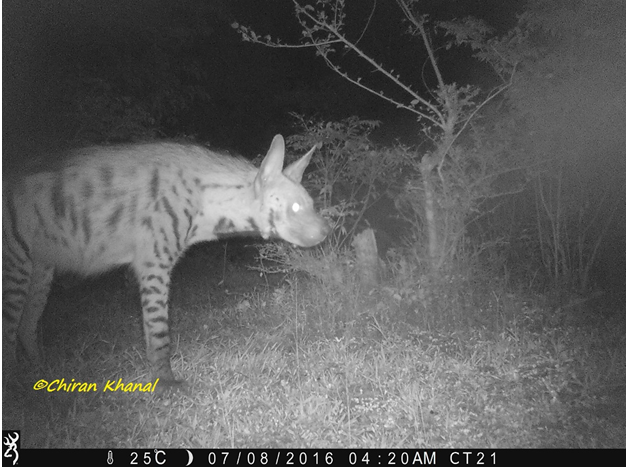
Striped hyaena belongs to family hyaenidae, in the order carnivore. The general appearance of hyaena suggests its relation with the Dog family, but the structure of skull, the teeth and other points of anatomy placed it in the felids or Cat family of the order Carnivora, Due to these considerations hyaenas are placed in separate family Hyaenaidae. Family Hyaenidae have four species: Spotted hyaena (Crocuta crocuta), Brown hyaena (Hyaena brunnea), Striped hyaena (Hyaena hyaena) and Aardwolf (Proteles cristatus). They are dog like animal and have a back sloping downwards towards the tail. The fore legs are taller and more powerful then hind legs. The color varies from cream, buff or tawny to the grey or dirty white with vertical black stripes, which gives the animal its name.
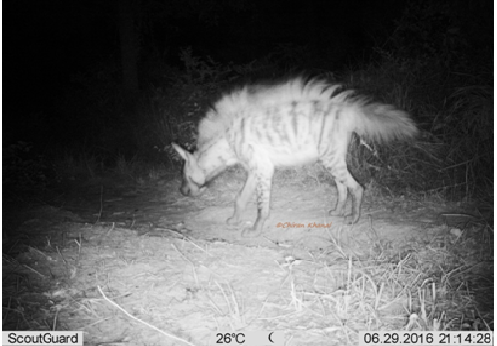
Striped Hyaena are primarily solitary and nocturnal scavengers that occur over a very large geographic range extending through the Middle East, Caucasus region, Central Asia, and the Indian subcontinent, with their southern and western limits in Africa. Striped hyaenas generally favor arid to semi-arid environments where water is available within 10 km. They avoid open desert, dense and thick forests. Striped hyaenas occur in grasslands, open woodlands, and bushy regions, usually in rugged terrain. Hyaena are recorded upto the elevation of 3,300 m. Striped hyaena is primarily a scavenger also they kill their own prey. They also attack domestic animals this is the main reason people do poison the carcasses.
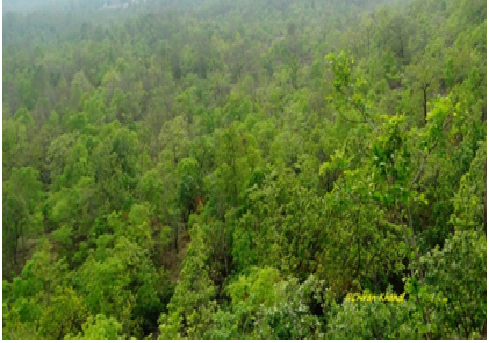
The interesting thing on hyaena is their hind legs are significantly shorter than the forelimbs, thus causing the back to slope downwards. A hyena’s heart is twice as large as that of similar-sized mammals. Adult females are aggressive toward one another and dominant over males.The legs also have stripes on them. The weight of hyaena varies from 22 kg up to 55 kg. Height of adult hyaena at shoulder is 60-80 cm and lifespan is 12 years. The striped hyaena is monogamous, with the male helping the female to establish a den, raise young and feed her when cubs are born. Gestation period is 90-91 days and there is no apparent seasonal pattern.
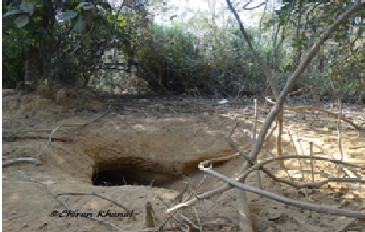
Among four species of hyaena of the world only Striped Hyaena are found in Nepal. Out of 210 species of mammals of Nepal this is one of the species which has gain less attention. Hundar is the Nepali name given for Hyaena but locally people know them with different name. Hausey Bagh, Haddi bagh, Bhedey Bagh, Lakkarey Bagh are some local name for hyaena in Nepal. It has been enlisted as Near Threatened in IUCN Red List but Nationally, it has been assessed as Endangered with estimated population less then 100 which is nearly half of tiger population (198) of Nepal. But no detail research has been carried out neither conservation organization of Nepal are giving priority to hyaena.
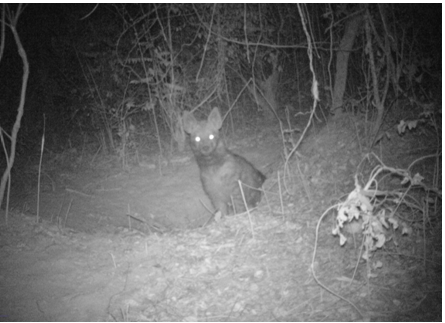
The striped hyaena has been killed in Nepal through poisoning, baiting trap and they are blamed for stealing chickens, piglets and small goats. The nocturnal nature of the striped hyaena is the reason behind less chance of sighting hyaena in wild. People even don’t know that Hyaena are dwelling in the forest of Nepal. Few research has been done in Nepal so information of hyaena from Nepal is lacking. A year ago a research on Distribution of hyaena was conducted using camera traps in Deukhuri Valley.
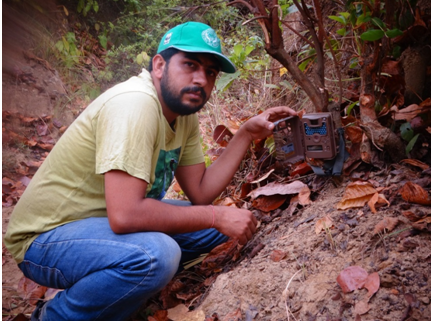
Research result showed the valley wide distribution of Hyaena so researcher gave a new name to Deukhuri valley “Valley of Hyaena”. Hyaena also breed in this valley, recently a couple of Hyaena gave birth to 2 babies in the valley. From past 5 years regular research is conducted in valley. Researcher is continuously monitoring them to know more about this species and their behavior. Hyaena are in need of more research and conservation in Nepal.

Khanal is a team Leader of Hyaena Special Project (Friends of Nature) (FON Nepal) and member in IUCN SSC Hyaena Specialist Group.

 Chiranjeevi Khanal
Chiranjeevi Khanal


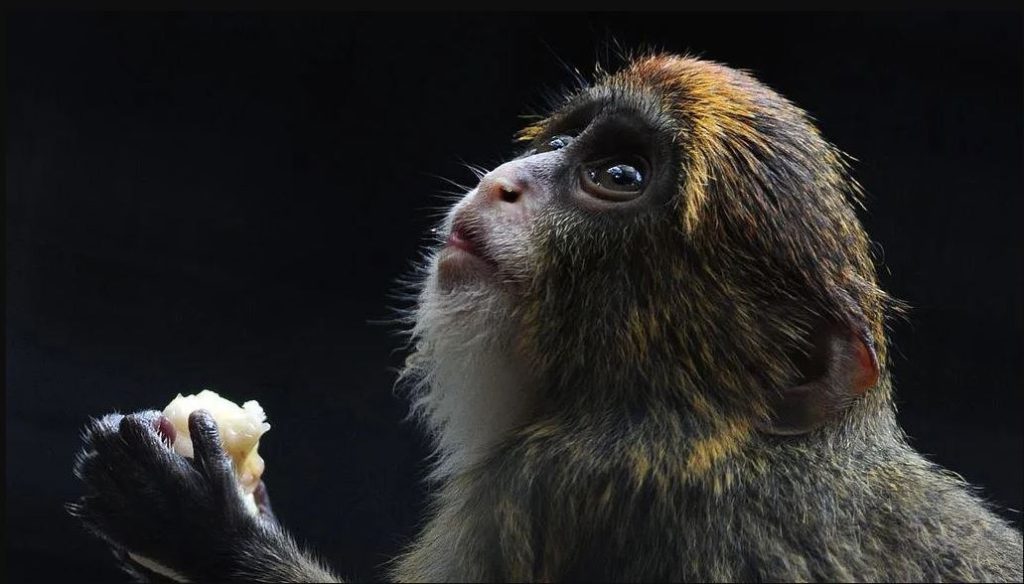

Feedback